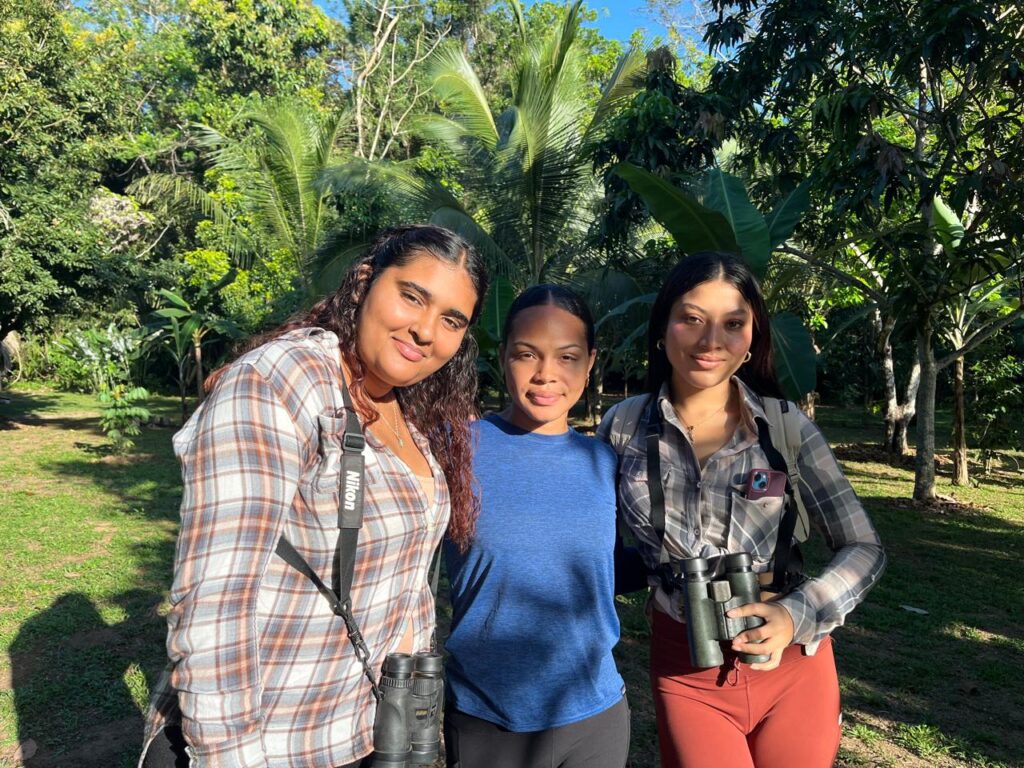Posts Tagged ‘volunteer’
My BFREE Experience
by Ashira Rancharan My time at BFREE was nothing short of magical. I’ve always loved nature, but being there felt different; I wasn’t just an observer and instead was a part of all that was happening. I’m someone who has always been a little hesitant about volunteering and afraid that I might not do things…
Read MoreSummer Intern Spotlight: Parr McQueen
Parr McQueen, an undergraduate student at the University of Richmond traveled to Belize with BFREE earlier this year along with thirteen other classmates. The Field Course led by Dr. Amy Treonis and Dr. Kristine Grayson was focused on using experiential field methods to learn how scientists study the natural world. Inspired by his trip and what…
Read More

